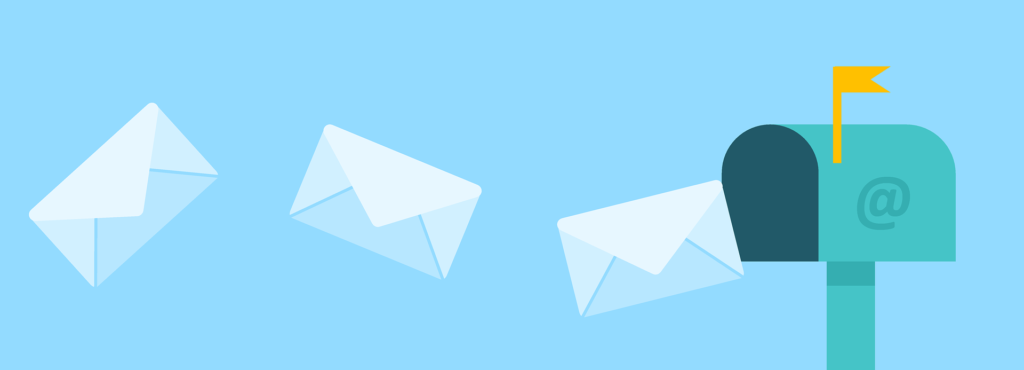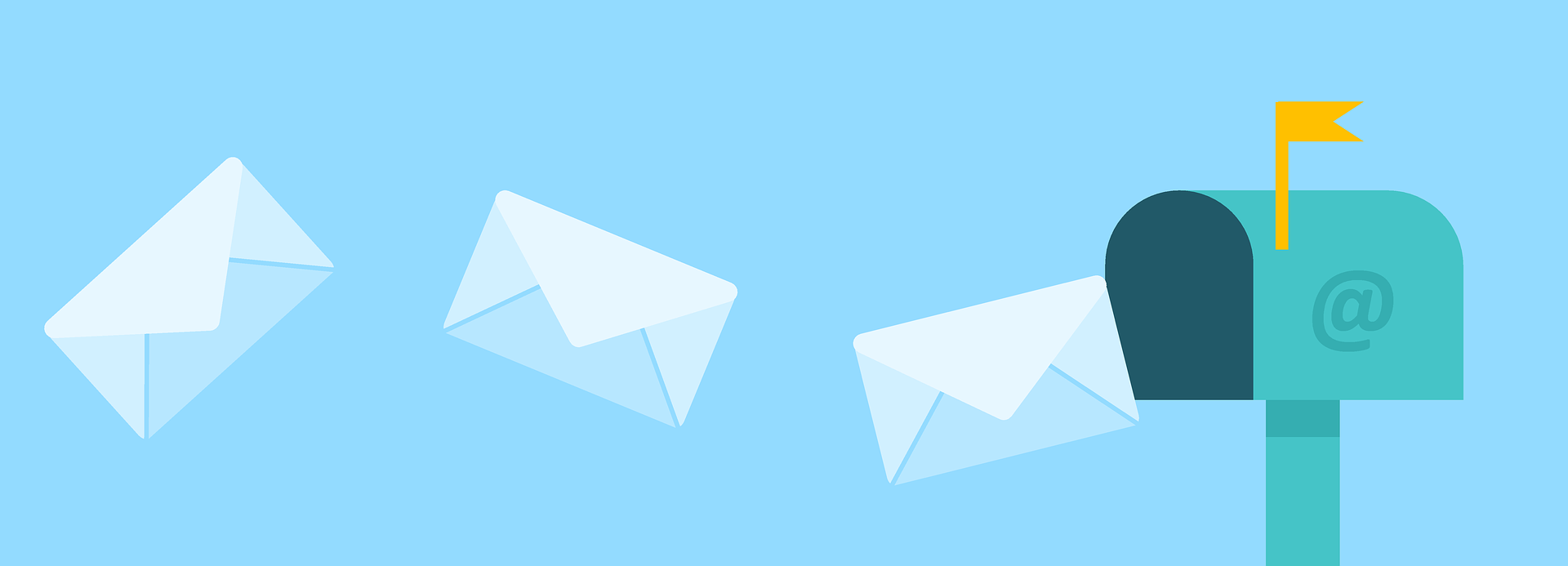
Table of Contents
How to Get Your Emails Opened More-Often
There are few things more frustrating than building an entire email infrastructure and having no one get your stuff. I mean, what’s the point of building an email campaign if your readers don’t open (or don’t see) your emails?
You spend all this time writing, gathering subscribers, then you get crickets when it comes to open rates.
- Yes, people are tired of marketing emails.
- Yes, attention spans are shorter, because we spend less time putting up with nonsense.
- Yes, you need to work harder to maintain a subscriber.
…but these are good things. Email isn’t dead. You can get great open rates with a few tweaks to the way you approach your email.
Keep reading. I’ll share what I know.
Stay Out of the Promo Tab
If you get your email to stay out of Google’s ‘promo’ folder, you’ll have something close to 40% more open rates from the get. The majority of your subscribers will be Gmail users, so if you can get the Gmail box solved, the rest of your delivery should be good too.
How do we stay out?
Part of this is reader-training and part is algorithm training.
Every email you send teaches the secret powers-that-be whether or not your email is something that should get through or be flagged into a different compartment (spam or promo).
The more emails you send that get opened, the more you teach the email algorithms that you future emails should also be seen.
Emails that show up in the primary tab look like the other emails in our primary tab. They are text-based. These emails don’t look as if they’re torn from a magazine. Primary emails look as if they’re written from a friend or colleague (because they are).
The rest end up in the promo tab.
If you avoid designing and writing your emails like advertisements, the email servers won’t treat you like one.
Dump the Images
Emails from friends might contain a single image, not a dozen. And emails from friends definitely don’t have header-graphics, as a web page might.
When you strip all the corporate-looking stuff from your emails, you’ll have a much higher chance of falling in the primary tab.
If you must use images, do so sparingly. I realize many of us want to show pics of our books or products. Try to limit your imagery to a single image and make sure the file name doesn’t contain any salesy words that might get flagged.
I like to avoid images as much as I can, and instead, link to the image I want to show, as part of the action I want the reader to take.
One Link Address and Ask for Help
The algorithms don’t want you to have a bunch of links in your emails. Again, this is similar to something you’d get from your mom, “hey, look at this article I found!”
I like to repeat my links in my emails, but it’s the same address throughout. So far, I’m still able to keep most of my emails out of the promo folder.
Instead of saying “whitelist my email,” which most readers won’t have a clue what that means, try saying “to ensure you don’t miss a single letter…” then give a little tutorial on how to whitelist your emails (drag your email from the promo to the primary tab, or click ‘move to primary’ on your phone.
Simple reader instructions can go a long way to ensuring your readers will actually see your emails.
No Salesy-Talk
Yes, a large part of our email marketing is designed to sell our best work. But that doesn’t mean you’ve got to write your emails like a used car jingle.
With email, subtle, humble selling is the key if you want your readers to keep coming back for more.
- Don’t use hype or sales words in your subject lines
- Don’t use hype in your email content (the algorithm reads everything)
- Don’t sell in every email
We want our emails to get opened over the long-haul.
This means you’ve got to give more than you ask. Think of your emails as a way to serve your reader. They’ll want to open the next one, because of how much value they got from the last one.
Subscribers are hard to earn.
If you burn people out with an endless stream of ‘buy my stuff’ emails, you’ll end up on a treadmill of constant subscriber replacement. Instead, we want to build lifetime customers. The money will come if we do our service job correctly on the front-end.
Write to a Friend
For every email you write, think, “would my friend send me this?”
Write to one person at one time. Use their name sparingly. Think of how many times you might include a friend’s name in an email. Not many. Maybe once, if that.
You wouldn’t use a lot of five-dollar words.
Paragraphs would be short, using conversational speech.
And the most-important thing… you write using the word ‘you’ a lot. Although you know you’re writing emails to hundreds of people at once, write as if you’re speaking to a single person over coffee.
Think in Terms of Giving, Sharing, and Serving
Give 5-10 times more than you ask for the sale. Giving can also mean asking readers for their opinion, or sending her articles and content to help teach her about your products.
When you limit your asks you’ll make more sales and your emails will get opened more.
If all you do is pitch offers in every email, your reader will get tired fast. Your unsubscribes will increase, and your deliverability scores will drop in the algorithm.
You might even lose your email hosting account if you annoy enough people. And you don’t want to get labeled as a spammer. You might have to use an entirely new email send address and website.
Use Open Loops
Think of open loops like a cliffhanger on a TV show.
At the end of each email, give the reader a teaser about your next email.
Say something like, “stay tuned for tomorrow, where I’ll share seven more secrets of X.”
Open loops also work inside your emails. Not only do you want readers to open your next email, you want them to read the emails in front of them.
Hook us early in the email with some kind of curiosity, but don’t shoot your cannon all at once. Give us the answer to the curiosity at the bottom of the email.
The more you keep your reader-reading, the more-likely she’ll read your future content.
Email Often
You want to be part of your reader’s daily or weekly routine. Email your list more-often, not less. When you email infrequently, your readers won’t remember who you are or why they subscribed.
As long as you continue to provide value with every email, you can keep a reader for a long time.
There are plenty of email marketers who email daily (even multiple times per day) and have great open rates.
It’s not the frequency that bothers people. What bothers people is wasting their time with over-pitching, or crappy content. Don’t waste your reader’s time.
Give us a Reason to Open It
You’ve got to be on-point with your subject lines.
Short and sweet.
Stick a question in our heads and make us antsy to open your email. You don’t have to sell your product in the subject line.
The subject line’s only job is to make it to the primary tab and get your reader to open the email.
If you use a bunch of ‘sale’ or ‘50%-off’ words in your subject lines you’re begging to get stuffed into the promo tab.
Friends don’t send coupon emails.
This doesn’t mean you shouldn’t send coupons, but you’ve got to be strategic with creative spelling and your word-choice.
Stop Sending So Many Coupons
As I mentioned above, coupons look commercial and therefore end up in the promo tab.
Also, no one wants an in-box full of coupons. This is how the Big Box stores send email and most of those have abysmal open-rates.
Use coupons and ‘deal’ emails sparingly.
You don’t want readers to expect (and wait for) a discount either. It’s best to provide a huge amount of value and sell your work at full-price instead.
The Street Goes Both Ways
Email was invented to be a two-way communication, not just a place for marketers to fire-hose all their content down readers’ throats.
- Ask your readers to ‘hit reply’ and give their opinion
- Give homework
- Ask readers to vote on the look of your product
- Uses quizzes and surveys
- Ask people to reply and give their favorite recipe
Every email you send should have a single purpose.
Whether that purpose is to get a click, earn a reply, or ask for the sale.
Decide the purpose of your email before you write it. When you treat your email as a communication device, where you welcome (and reply-to) feedback, you help train your reader there is a real person on the other end.
You show that you appreciate the reader as a real person with your valuable content and helpful offers. They’ll reply in-kind by responding to your asks.
August Birch is an author, email expert, and entrepreneur from Michigan, USA. As a self-appointed guardian of writers and creators, August teaches indies how to make more work that sells and sell more work once it’s made. When he’s not writing or teaching, August carries a pocket knife and shaves his head with a safety razor.
